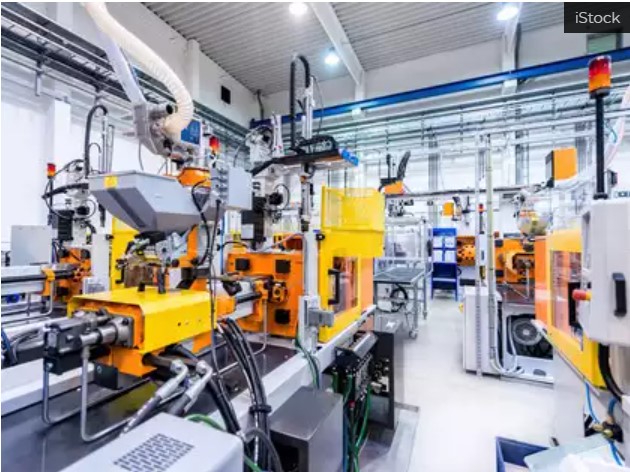In India, industry’s share of jobs (25%) is actually higher than in Bangladesh (22%) or Indonesia (22%), and not much lower than in China (28%). Of course we would love to have a still higher share, but you cannot say India has failed.
At a recent book launch, external affairs minister S Jaishankar deplored the focus of some economists – he surely had Raghuram Rajan in mind – on services, saying, ‘I’ve always believed that this focus on services was actually an elegant excuse for being incompetent in industry.’ The audience laughed loudly.
A funny man is a gift to humanity. We need more of them. But they are not always the best guides to policy. Humour, too, can be an elegant excuse for incompetence.
A foreign-returned expert once tried to explain to Indira Gandhi the advantages of a market economy. She responded ‘Ah, another marketwala.’ The audience roared with laughter. It seemed Indira Gandhi had destroyed foreign expertise with one elegant repartee. Alas, India’s pathetic economic performance during her rule meant the joke was on us.
India has a terrible schooling system, yet produces a creamy layer of highly skilled manpower, exemplified by 6 lakh engineering graduates annually. This has created comparative advantage in higher-skill industry (autos, pharmaceuticals, steel) and services (computer software, business processes, R&D). Over 1,400 multinationals have set up global capability centres (GCC) in India for everything from back-office work to R&D. A Nasscom (National Association of Software and Services Companies) report says 42% of such employees are in engineering R&D. This is a success of skilled manpower, not a consequence of industrial failure.
Manufacturing is important. India has failed to achieve its potential in low-wage labour-intensive areas like garments and footwear. Inflexible labour laws, high non-wage costs in the formal sector, and excessive leaves and holidays hurt India competitiveness in low-wage sectors. That has cost India maybe a couple of million jobs. Still, that is a tiny proportion of its workforce.
I looked up World Bank data on the shares of industry and services in employment in different countries. I was surprised to find that the share of industry in jobs in India is not low at all by international standards. Indeed, it is surprisingly high.
The Bank gives data on the share of industry and services in total employment. It does not have separate data for the share of manufacturing, which constitutes most, but not all, of industry, which also includes mining, electricity, water and construction.
Industrial jobs have not stagnated or floundered in India. Between 1991 and 2021, their share in total jobs went up from 15% to 25%, a big jump. This is as rapid as in many comparable countries. In China, the share rose from 21% to 28%; in Vietnam, from 8% to 33%; in Bangladesh, from 13% to 22%; and in Indonesia, from 14% to 22%.
In India, industry’s share of jobs (25%) is actually higher than in Bangladesh (22%) or Indonesia (22%), and not much lower than in China (28%). Of course we would love to have a still higher share, but you cannot say India has failed.
Construction has boomed in India and may have cloaked lesser performance in manufacturing. But construction has also boomed in comparable countries.
Next, look at the share of services in total employment. Between 1991 and 2021, India’s share rose from 22% to 31%. It is now far lower than in China (47%), Bangladesh (41%), Vietnam (38%) or Indonesia (49%). Forget claims that we have overemphasised services.
China is often held up as an enviable employment model. But this is by no means mainly because of industry. China’s share of services in jobs has shot up from 19% to 47%, eclipsing India’s share by a huge margin. China’s employment has soared far more through services than industry. India’s failure is its exceptionally high 44% of jobs still in agriculture. That flows mainly from low 3.5% GDP growth from 1947 to 1980.
India badly needs to improve its education, infrastructure, police-judicial system, financial access and social mobility. That will benefit all sectors – agriculture, industry and services. There is no need to particularly favour one sector over another. Strategic considerations may dictate a focus on a few specific sectors. But, overall, we should just create productive conditions and then let competition, rather than favours, drive the biggest winners.
This article was originally published by The Economic Times on June 13, 2023.


